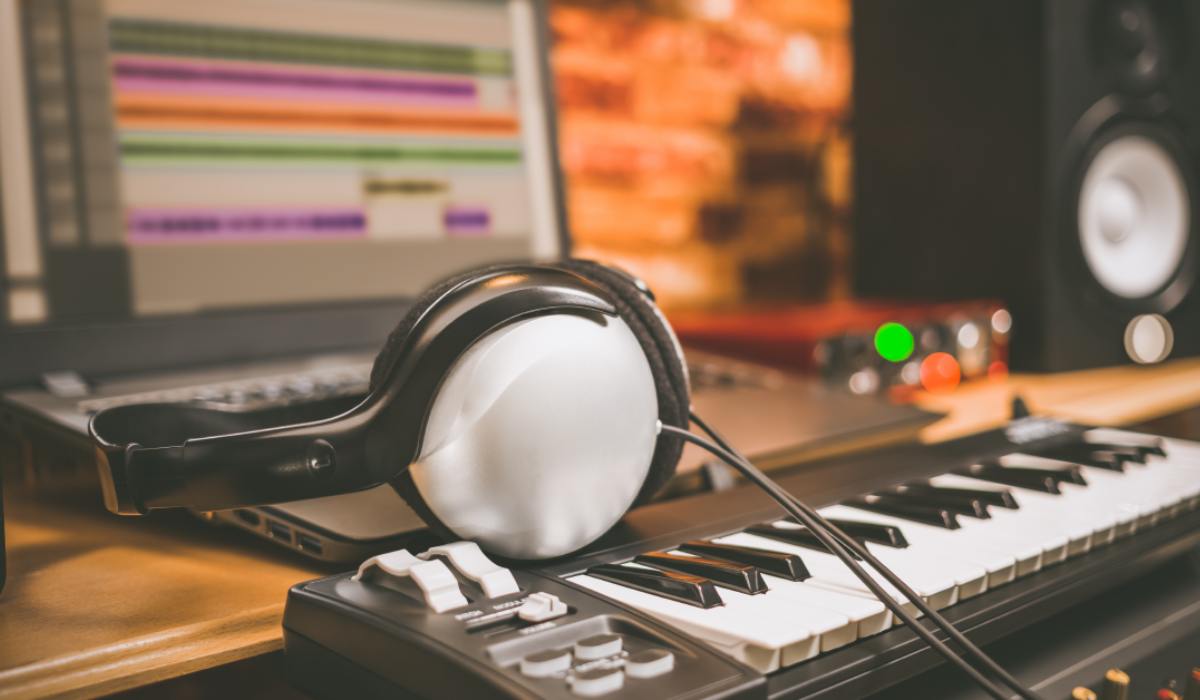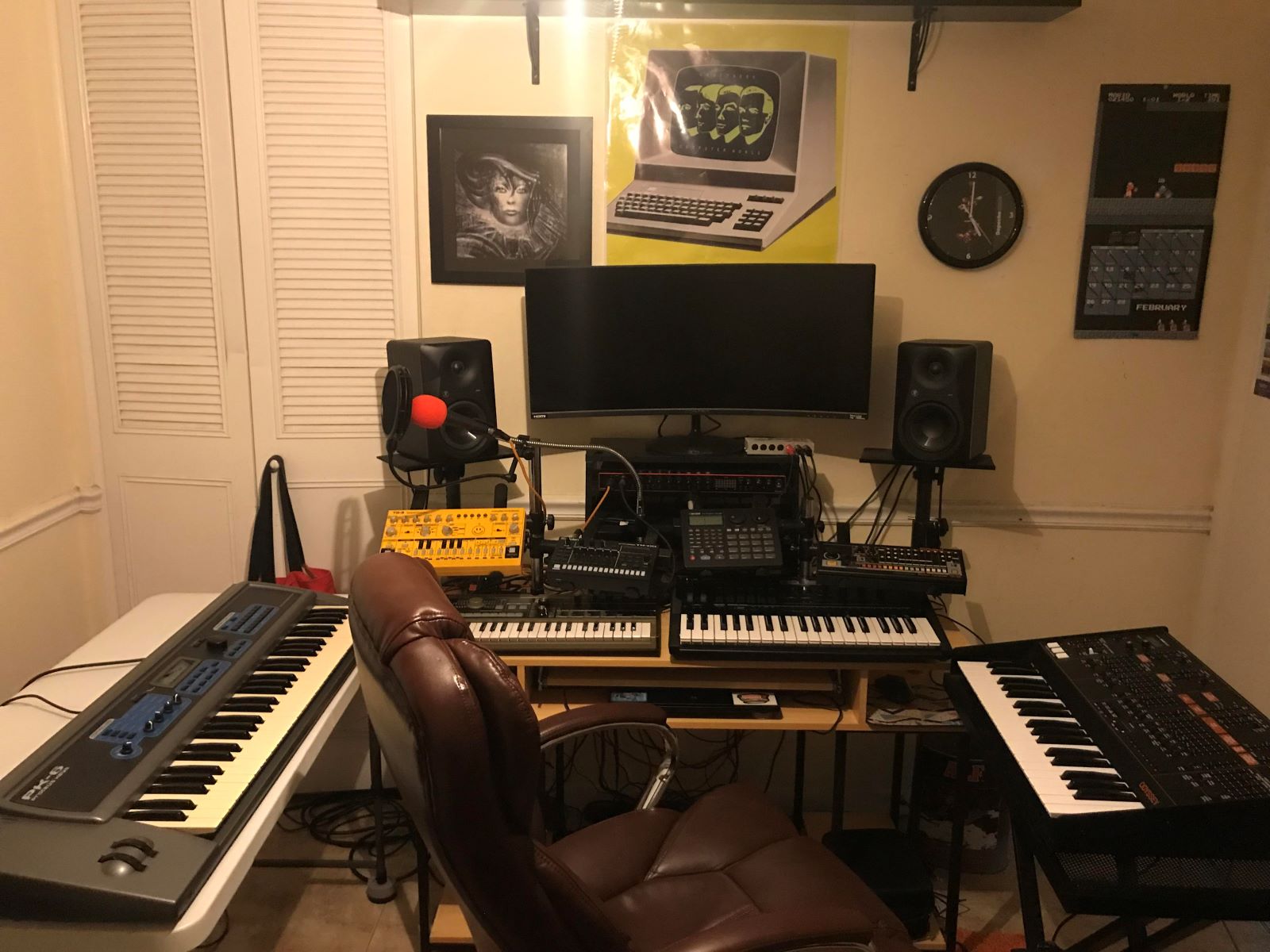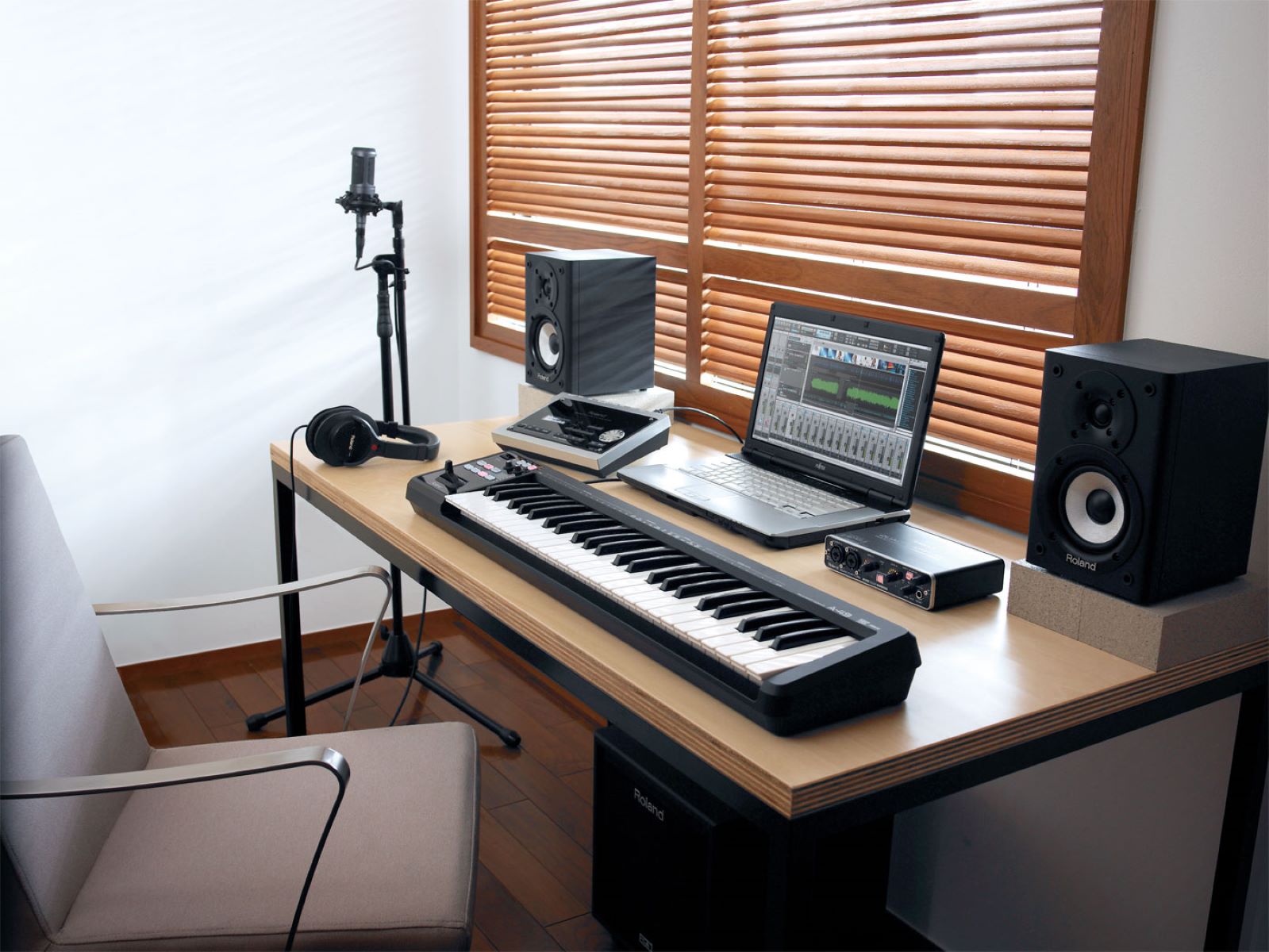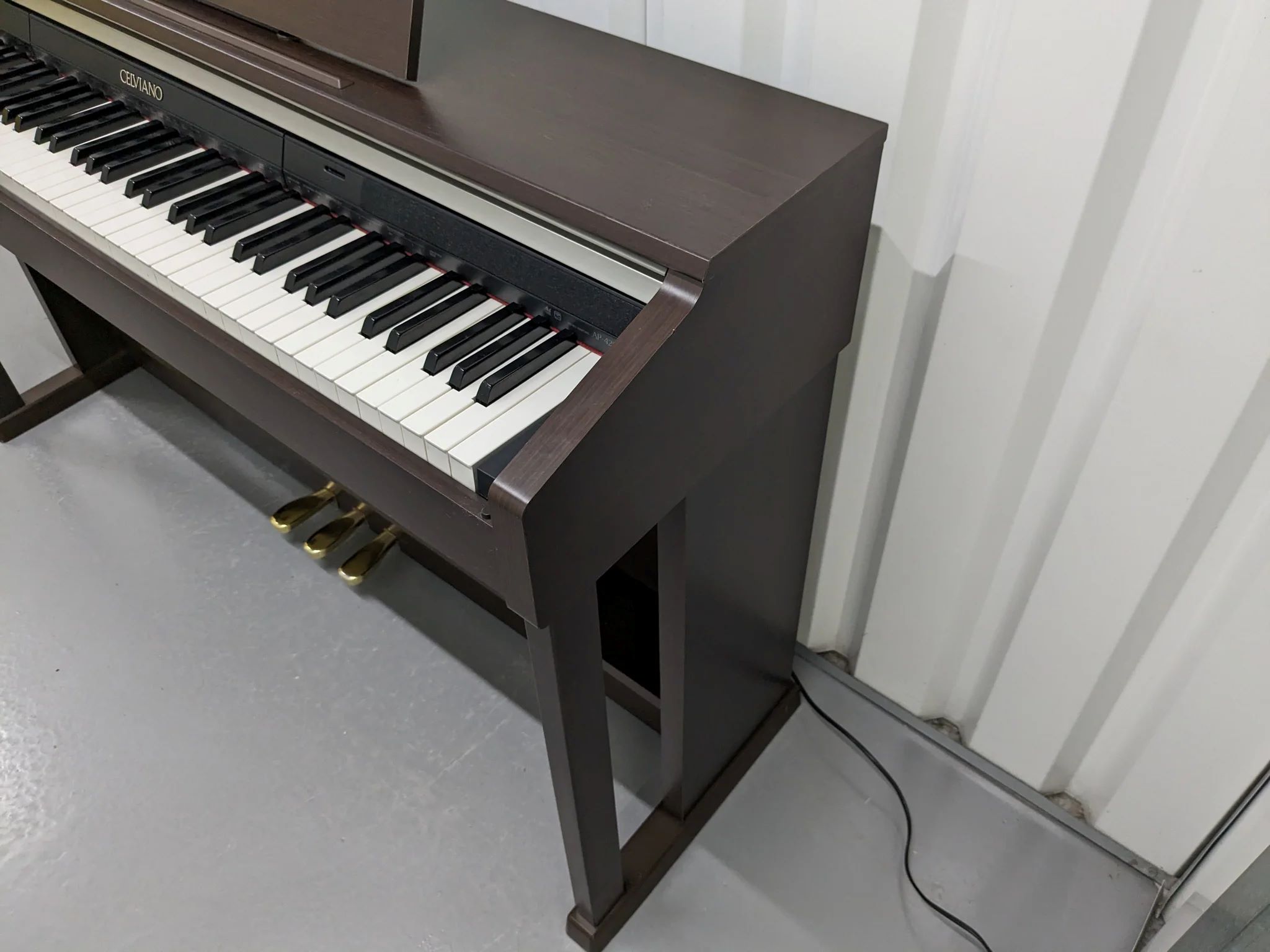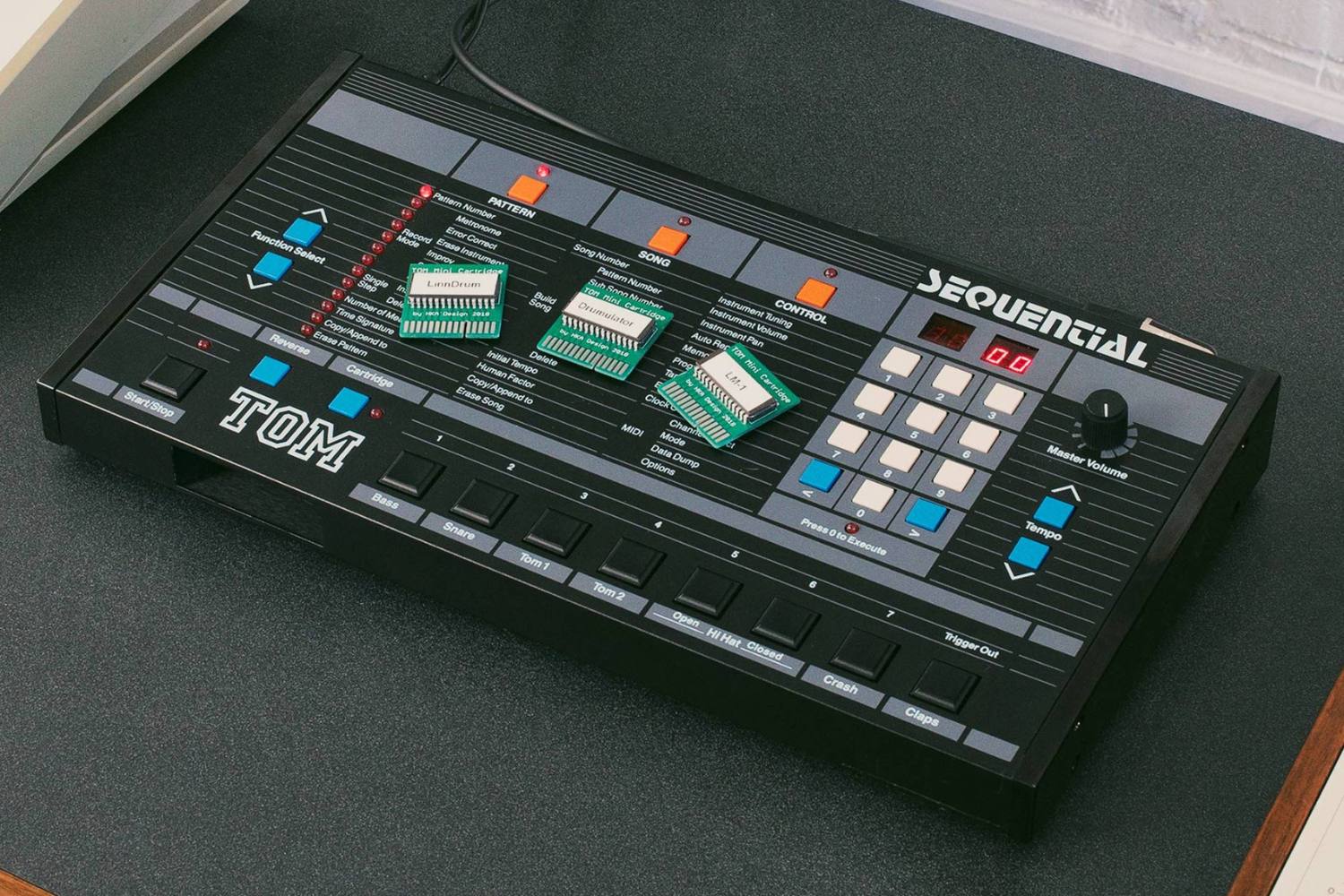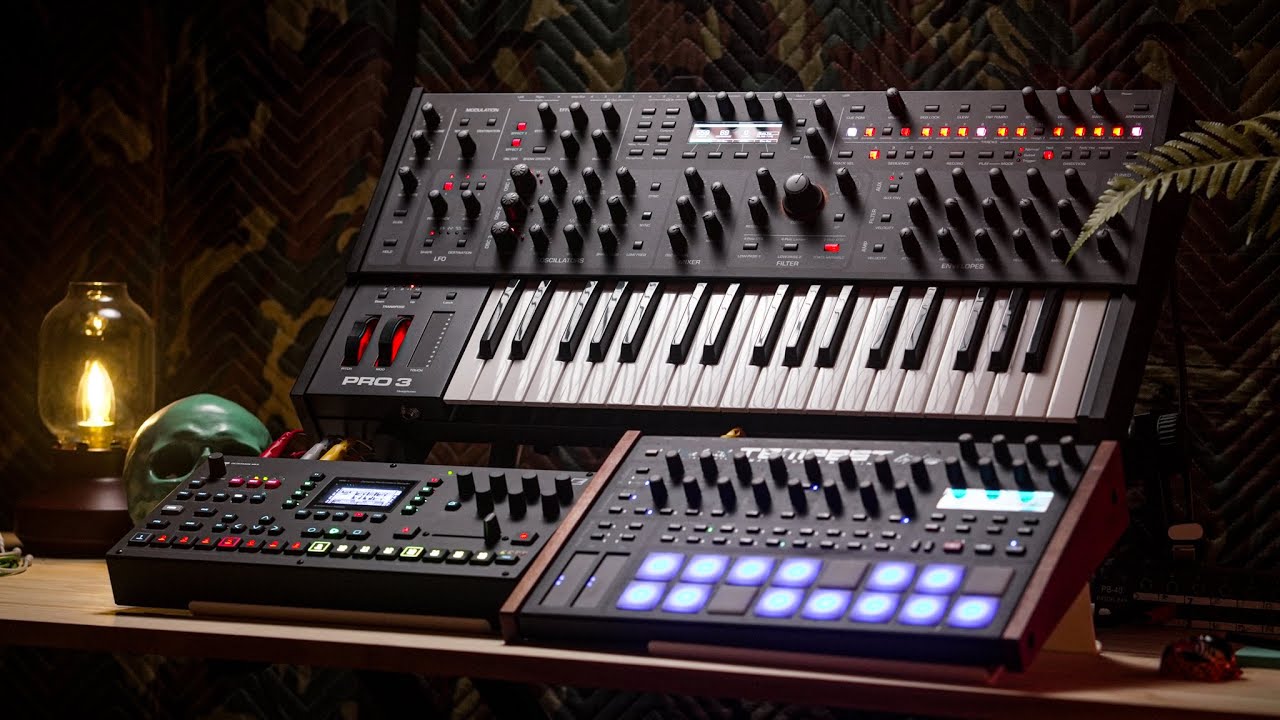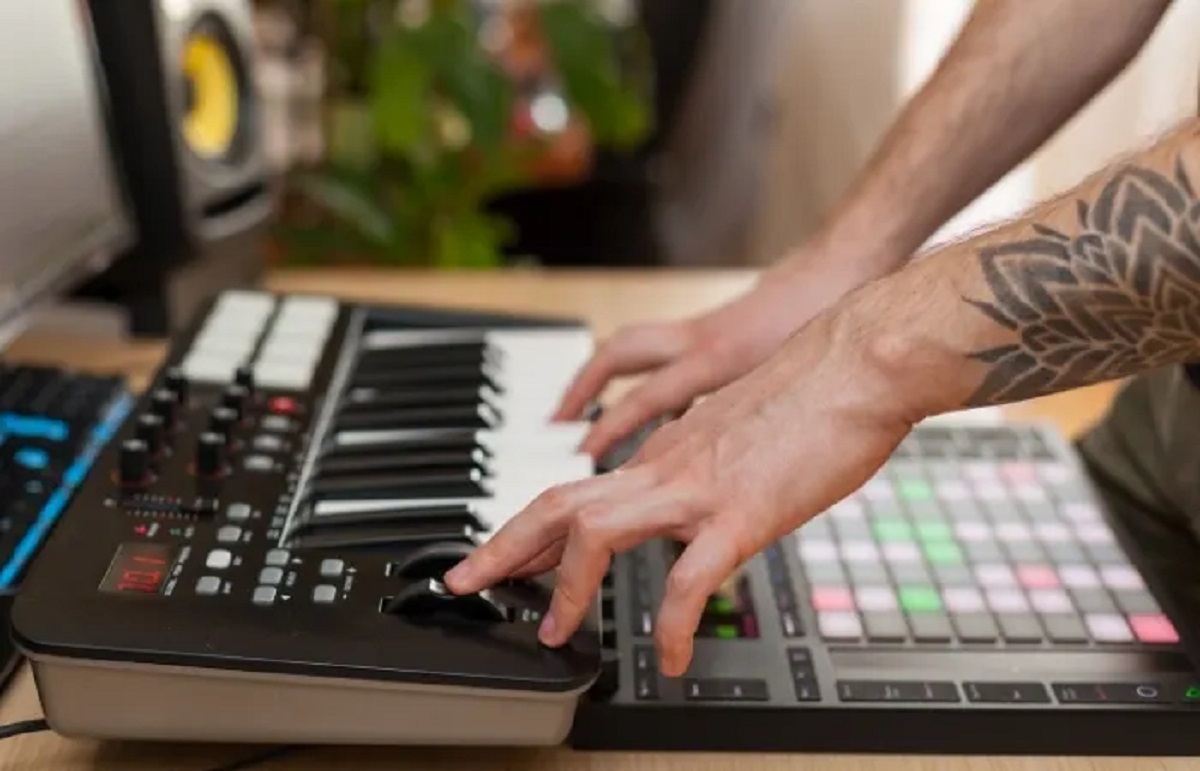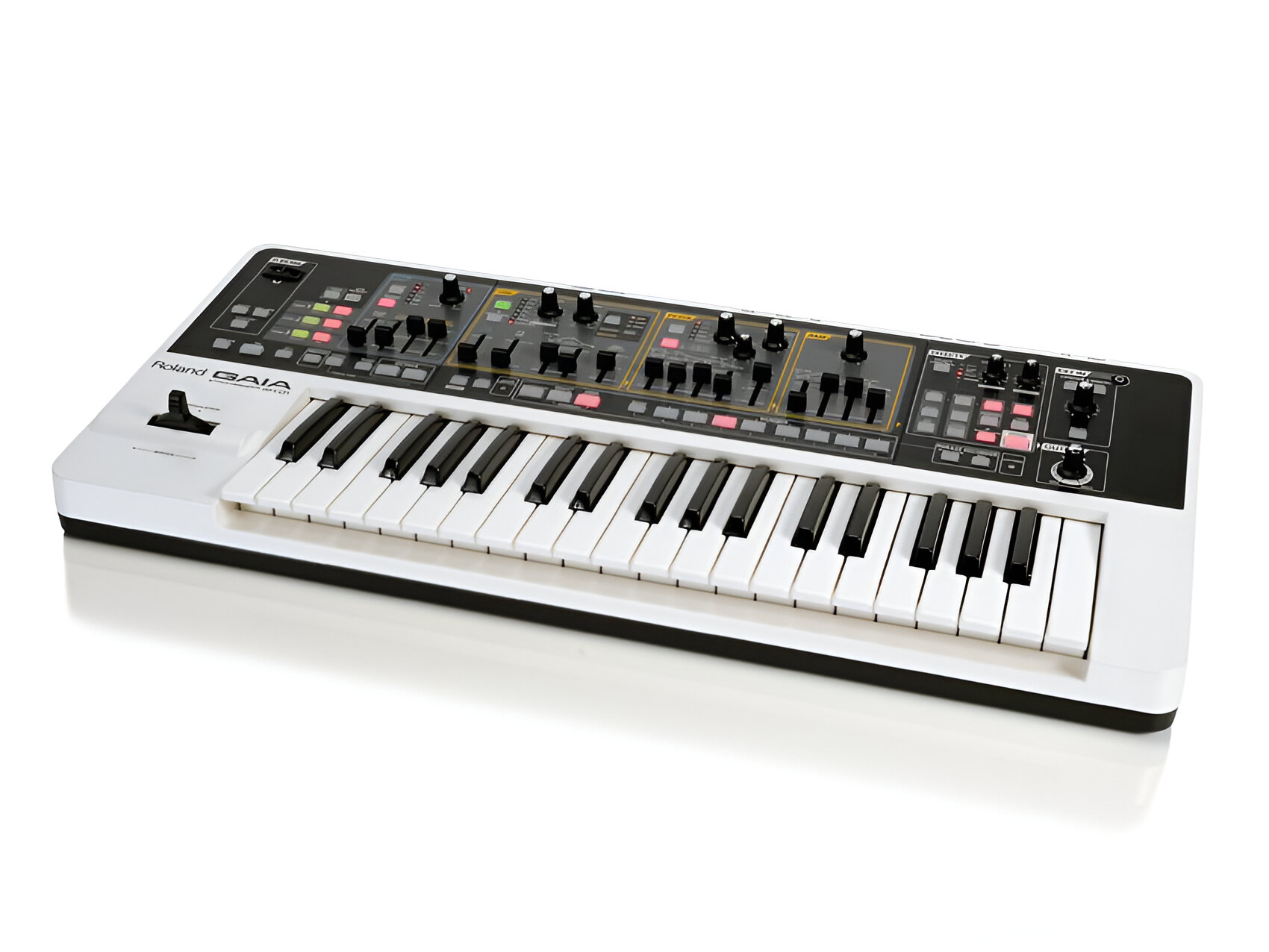Introduction
Are you a music enthusiast eager to explore the world of digital music production? If so, understanding how to connect your digital piano, synthesizer, and drum machine with MIDI (Musical Instrument Digital Interface) is essential. MIDI technology allows these instruments to communicate with each other and with your computer, enabling you to create, record, and manipulate music with ease.
In this guide, we will delve into the intricacies of MIDI connections, providing step-by-step instructions for hooking up your digital piano, synthesizer, and drum machine. By the end of this article, you will have a comprehensive understanding of MIDI connectivity, empowering you to unleash your creativity and produce music that resonates with your unique style.
Whether you're a seasoned musician or a budding producer, mastering MIDI connections is a fundamental skill that opens up a world of possibilities in the realm of digital music production. So, let's embark on this journey to demystify MIDI and equip you with the knowledge to seamlessly integrate your musical instruments into your creative workflow.
What is MIDI?
MIDI, which stands for Musical Instrument Digital Interface, is a universal protocol that enables electronic musical instruments, computers, and audio equipment to communicate and synchronize with each other. It serves as a digital language through which musical devices can exchange performance data, allowing for seamless integration and control within a music production setup.
Unlike audio signals, which capture the actual sound produced by an instrument, MIDI data consists of instructions such as note-on and note-off messages, velocity, pitch, modulation, and control changes. This information is transmitted in real-time, facilitating precise control over various parameters and enabling the manipulation of musical elements during both live performances and studio recording sessions.
One of the key advantages of MIDI is its versatility. It is not limited to specific types or brands of instruments, making it possible to connect a wide range of MIDI-compatible devices, including digital pianos, synthesizers, drum machines, and MIDI controllers. Additionally, MIDI technology allows for the seamless integration of hardware and software components, bridging the gap between traditional instruments and digital audio workstations (DAWs).
Furthermore, MIDI is capable of transmitting multiple channels of data simultaneously, enabling complex multi-instrument setups and intricate layering of sounds. This flexibility empowers musicians and producers to orchestrate elaborate compositions and arrangements with precision and finesse.
In essence, MIDI serves as the backbone of modern music production, providing a standardized method for connecting, controlling, and expressing musical ideas across a diverse array of electronic instruments and recording devices. Its role in shaping the landscape of digital music creation cannot be overstated, as it continues to empower artists and producers to push the boundaries of creativity and innovation in the realm of music.
Connecting a Digital Piano with MIDI
Connecting your digital piano to other MIDI-compatible devices opens up a myriad of possibilities for music creation and performance. To establish a MIDI connection with your digital piano, you will need a MIDI cable and a basic understanding of MIDI channels and settings.
The first step is to locate the MIDI ports on your digital piano. Most digital pianos feature MIDI IN and MIDI OUT ports, which allow for bidirectional communication with other MIDI devices. Once you have identified these ports, you can proceed to connect the MIDI OUT port of your digital piano to the MIDI IN port of the receiving device using a standard MIDI cable. This establishes the transmission of MIDI data from the digital piano to the connected device.
After physically connecting the MIDI cable, you will need to configure the MIDI settings on your digital piano. This typically involves selecting the MIDI channel through which the instrument will transmit its performance data. MIDI channels allow for the simultaneous operation of multiple MIDI devices without interference, ensuring that each instrument receives and responds to the intended MIDI messages.
Once the MIDI connection is established and the appropriate settings are configured, your digital piano can interact with other MIDI instruments, synthesizers, or recording equipment, enabling you to integrate its rich sound palette into your musical arrangements and productions. Whether you’re layering piano melodies with electronic synths or triggering drum sounds from the piano’s keys, MIDI connectivity enhances the versatility and creative potential of your digital piano.
By leveraging MIDI technology, you can seamlessly integrate your digital piano into a larger musical ecosystem, unlocking new avenues for musical expression and collaboration. Whether you’re composing, performing, or recording, the ability to connect your digital piano via MIDI empowers you to explore innovative sonic combinations and expand the horizons of your musical endeavors.
Connecting a Synthesizer with MIDI
Integrating a synthesizer into a MIDI setup enhances its capabilities by enabling seamless communication with other MIDI-compatible instruments and devices. To establish a MIDI connection with your synthesizer, you will require a MIDI cable and a basic understanding of MIDI channels and settings.
Begin by identifying the MIDI ports on your synthesizer, typically labeled as MIDI IN and MIDI OUT. Using a standard MIDI cable, connect the MIDI OUT port of your synthesizer to the MIDI IN port of the receiving device, ensuring a secure and stable connection for the transmission of MIDI data.
Once the physical connection is established, it is essential to configure the MIDI settings on your synthesizer. This involves specifying the MIDI channel through which the synthesizer will transmit and receive MIDI messages. By selecting the appropriate MIDI channel, you can ensure that your synthesizer communicates effectively with other MIDI devices while avoiding interference from conflicting MIDI signals.
With the MIDI connection in place and the necessary settings configured, your synthesizer becomes an integral part of a unified MIDI network, allowing for seamless interaction with digital pianos, drum machines, and computer-based music production systems. Whether you’re triggering synth arpeggios from a MIDI controller, synchronizing the synthesizer with drum patterns, or layering its lush textures with other instruments, MIDI connectivity expands the sonic palette and creative potential of your synthesizer.
Furthermore, MIDI technology empowers you to control and manipulate various parameters of the synthesizer in real-time, facilitating dynamic performance and expressive musical gestures. From modulating sound textures to manipulating filter cutoff frequencies, MIDI connectivity provides a versatile platform for shaping and sculpting the sonic character of your synthesizer within a broader musical context.
By harnessing the power of MIDI, you can seamlessly integrate your synthesizer into diverse musical environments, whether in live performance settings or studio recording sessions. The ability to connect your synthesizer via MIDI opens up a world of possibilities for sonic exploration, collaboration, and creative expression, enriching your musical journey with boundless opportunities for innovation and artistic growth.
Connecting a Drum Machine with MIDI
Integrating a drum machine into a MIDI setup offers a wealth of creative possibilities, allowing for seamless synchronization and interaction with other MIDI-enabled instruments and devices. To establish a MIDI connection with your drum machine, you will need a MIDI cable and a basic understanding of MIDI channels and settings.
Commence by identifying the MIDI ports on your drum machine, typically labeled as MIDI IN and MIDI OUT. Using a standard MIDI cable, connect the MIDI OUT port of your drum machine to the MIDI IN port of the receiving device, ensuring a secure and reliable connection for the transmission of MIDI data.
Once the physical connection is established, it is crucial to configure the MIDI settings on your drum machine. This involves specifying the MIDI channel through which the drum machine will transmit and receive MIDI messages. By selecting the appropriate MIDI channel, you can ensure that your drum machine communicates effectively with other MIDI devices while avoiding potential conflicts arising from overlapping MIDI signals.
With the MIDI connection in place and the necessary settings configured, your drum machine becomes an integral component of a unified MIDI network, facilitating seamless interaction with synthesizers, digital pianos, MIDI controllers, and computer-based music production systems. Whether you’re triggering drum patterns from a MIDI sequencer, synchronizing the drum machine with other instruments, or integrating its percussive elements into complex musical arrangements, MIDI connectivity enhances the versatility and creative potential of your drum machine.
Furthermore, MIDI technology empowers you to control and manipulate various parameters of the drum machine in real-time, enabling dynamic performance and expressive rhythmic variations. From adjusting individual drum sound levels to modulating the tempo and timing of drum patterns, MIDI connectivity provides a versatile platform for shaping and refining the rhythmic character of your drum machine within a broader musical context.
By harnessing the power of MIDI, you can seamlessly integrate your drum machine into diverse musical environments, whether in live performance settings or studio recording sessions. The ability to connect your drum machine via MIDI opens up a world of possibilities for rhythmic exploration, sonic experimentation, and collaborative musical endeavors, enriching your musical journey with boundless opportunities for innovation and creative expression.
Setting Up MIDI Channels
Configuring MIDI channels is a fundamental aspect of establishing effective communication and coordination between MIDI-enabled instruments and devices within a music production environment. MIDI channels serve as virtual pathways through which MIDI data is transmitted, allowing multiple MIDI devices to operate independently and interact harmoniously within a unified system.
Each MIDI channel is capable of carrying a distinct stream of MIDI messages, including note-on and note-off commands, control changes, and program changes. This enables precise control and differentiation of musical elements across various connected instruments, facilitating intricate musical arrangements and expressive performances.
When setting up MIDI channels, it is essential to consider the following key aspects:
- Channel Assignment: Assigning specific MIDI channels to individual instruments or device groups ensures that each device receives and responds to MIDI messages intended for its respective channel, preventing data overlap and interference. This allows for the simultaneous operation of multiple MIDI devices without compromising their independent functionality.
- Channel Range: MIDI channels are typically numbered from 1 to 16, providing 16 distinct channels for transmitting MIDI data. It is important to allocate channels judiciously, considering the specific requirements of your MIDI setup and the number of connected devices. Additionally, MIDI devices often allow for channel omni mode, in which they respond to MIDI messages transmitted on any channel.
- Channel Voice and Control Messages: MIDI channels are capable of transmitting both channel voice messages (note-on, note-off, velocity, pitch, etc.) and channel control messages (modulation, expression, sustain, etc.). Understanding the distinction between these message types is crucial for leveraging the full expressive potential of MIDI-enabled instruments and devices.
Furthermore, MIDI channels play a pivotal role in facilitating multi-timbral operation, allowing instruments to generate and respond to MIDI data on different channels simultaneously. This feature is particularly valuable in scenarios where a single instrument produces multiple sound layers or timbres, enabling nuanced control and manipulation of each layer through dedicated MIDI channels.
By adeptly configuring MIDI channels, musicians and producers can orchestrate complex musical arrangements, layering diverse sounds, and textures with precision and finesse. The strategic allocation of MIDI channels empowers users to harness the full expressive range of their MIDI devices, facilitating seamless integration and cohesive interaction within a comprehensive music production ecosystem.
Troubleshooting MIDI Connectivity Issues
While MIDI technology offers unparalleled flexibility and control in music production, users may encounter occasional connectivity issues that disrupt the seamless operation of MIDI-enabled instruments and devices. Understanding common MIDI connectivity problems and implementing effective troubleshooting strategies is crucial for maintaining a stable and reliable MIDI setup.
Here are some common MIDI connectivity issues and their potential solutions:
- Intermittent Data Transmission: If MIDI data transmission is inconsistent or sporadic, check the MIDI cables for secure connections and potential damage. Additionally, ensure that the MIDI ports on the connected devices are free from debris or physical obstructions that may impede the flow of MIDI data.
- Incorrect MIDI Channel Assignment: Verify that the MIDI channels assigned to each instrument or device align with their intended roles within the MIDI setup. Misconfigured MIDI channels can lead to data conflicts and erratic behavior, necessitating a thorough review and adjustment of channel assignments.
- Latency and Timing Issues: Address latency and timing discrepancies by optimizing the MIDI settings on your devices and software. Adjust MIDI clock settings, buffer sizes, and synchronization parameters to minimize latency and ensure precise timing accuracy during MIDI playback and recording.
- Power and Grounding Concerns: In cases where MIDI devices exhibit erratic behavior or fail to communicate effectively, verify the power supply and grounding of the equipment. Unstable power sources or inadequate grounding can introduce electrical noise and signal interference, leading to MIDI connectivity issues.
- Compatibility and Firmware Updates: Ensure that your MIDI devices and software are compatible and running the latest firmware versions. Incompatibilities and outdated firmware can result in performance inconsistencies and interoperability issues, necessitating updates and compatibility checks.
- System Configuration and MIDI Routing: Review the system configuration and MIDI routing settings within your music production environment. Verify that MIDI input and output routing is correctly configured in your software and hardware devices, ensuring that MIDI data flows seamlessly between connected instruments and recording systems.
By systematically addressing these common MIDI connectivity issues, users can troubleshoot and resolve disruptions in MIDI communication, restoring the stability and functionality of their MIDI setups. Additionally, staying informed about the specific MIDI troubleshooting resources provided by manufacturers and software developers can aid in diagnosing and resolving more complex MIDI-related challenges.
Ultimately, a proactive approach to troubleshooting MIDI connectivity issues empowers musicians and producers to maintain a robust and reliable MIDI infrastructure, fostering uninterrupted creativity and seamless collaboration within the realm of digital music production.







